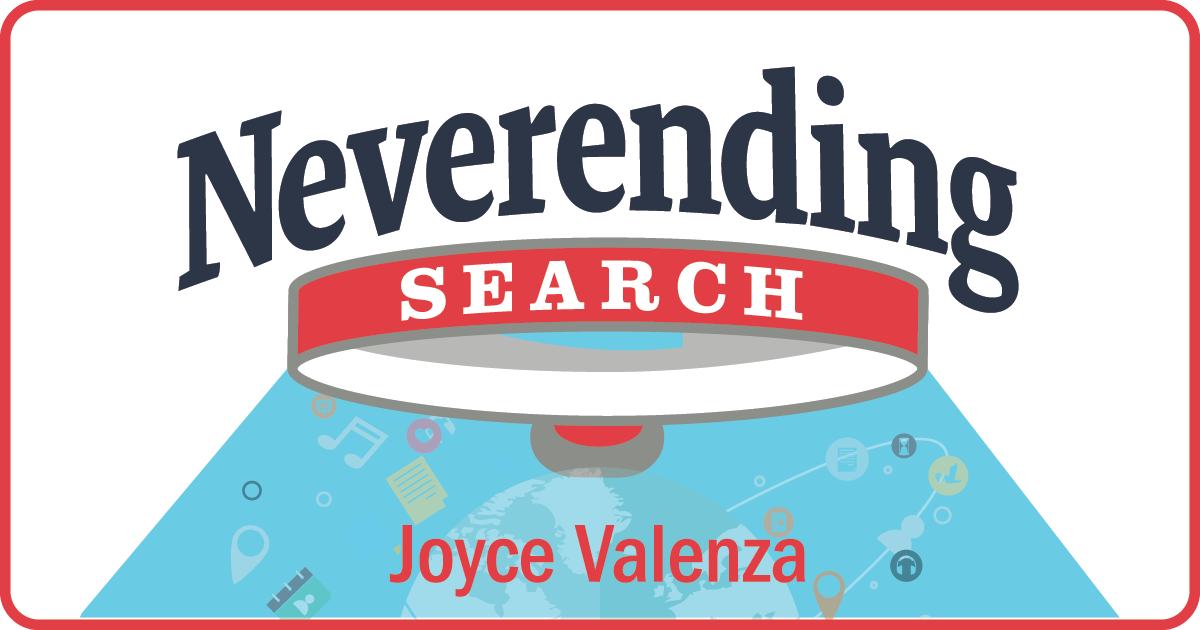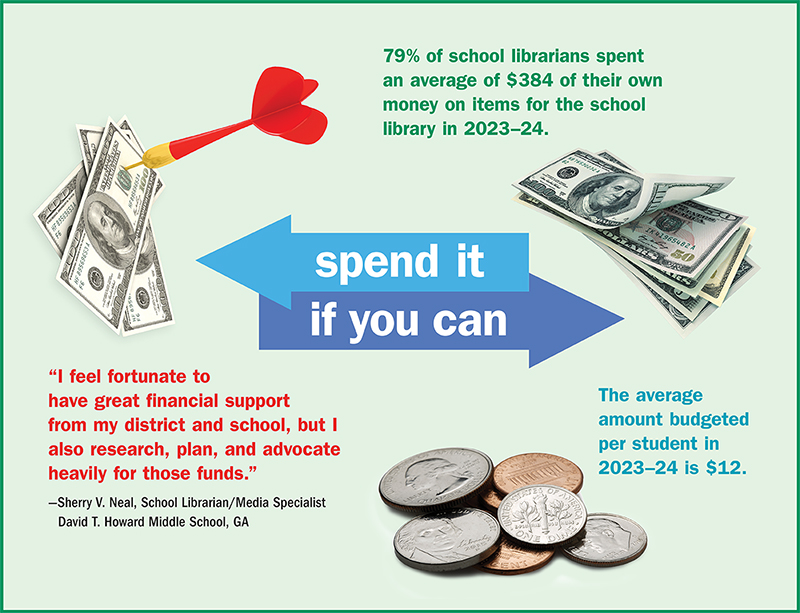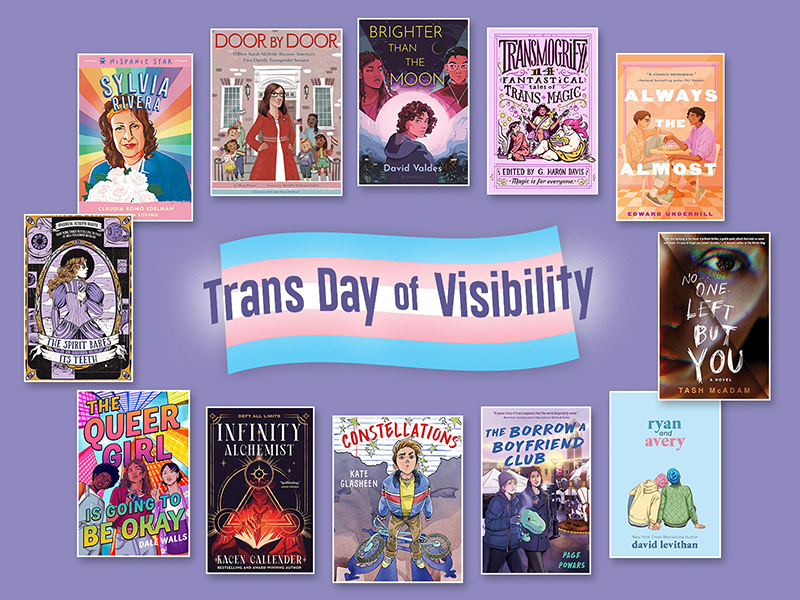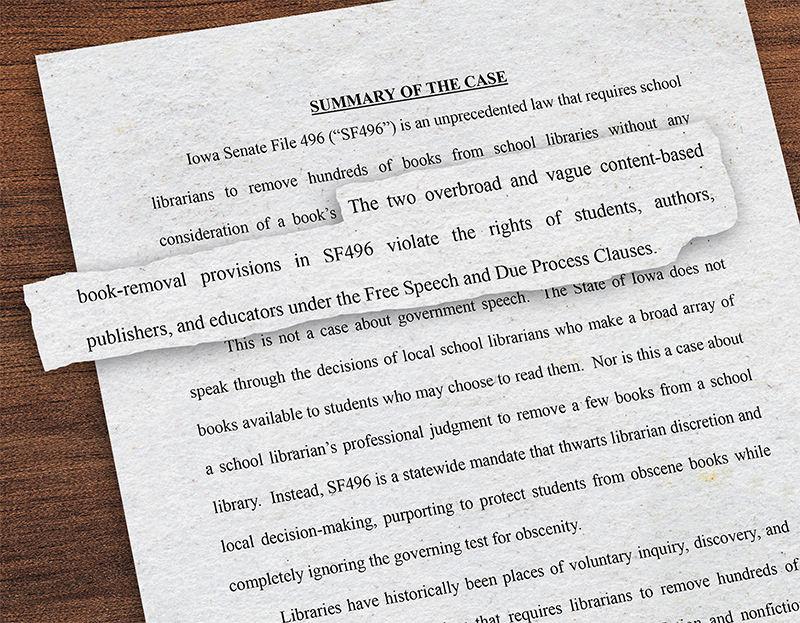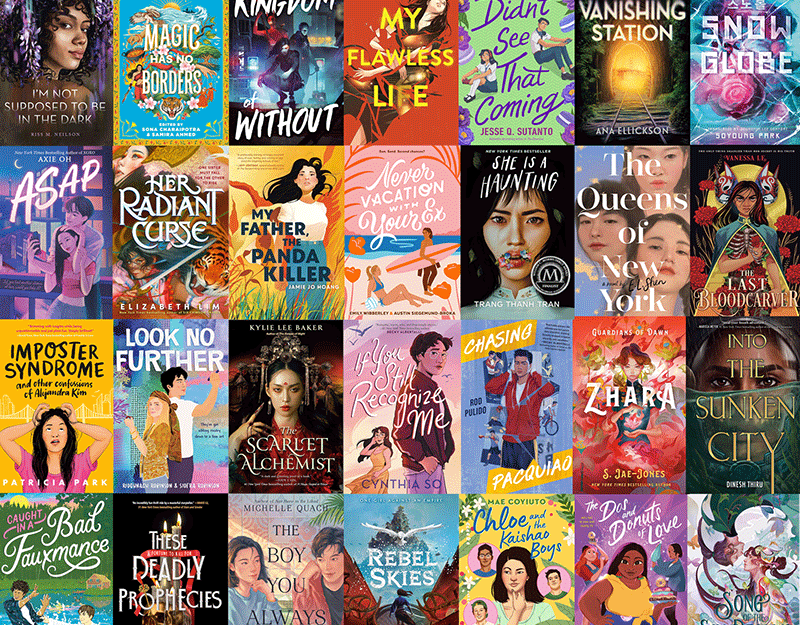SCROLL DOWN TO READ THE POST
LinkedIn: an underused K12 search tool?
 For a variety of reasons, filters included, social search tools are underused in schools.
For a variety of reasons, filters included, social search tools are underused in schools.
We usually encourage use of our subscription databases and share effective strategies for leveraging search engines like Google, but in my experience, Twitter, Scoop.it, Pinterest and other tools also offer rich opportunities for learning, discovery, sharing and searching.
 While LinkedIn is designed as a tool for professional networking, marketing, and recruiting, its affordances also make it very useful for K12. In fact, with its focus on people and professions and its huge, international scope, LinkedIn may be the most underused tool for K12 research and networking.
While LinkedIn is designed as a tool for professional networking, marketing, and recruiting, its affordances also make it very useful for K12. In fact, with its focus on people and professions and its huge, international scope, LinkedIn may be the most underused tool for K12 research and networking.
ADVERTISEMENT
ADVERTISEMENT
1. Assessing the credentials of an author. Rather than Googling a living author to assess his or her credentials or expertise in an area of knowledge, check to see if they have a LinkedIn profile. You’ll likely find easy access to their resumes or CVs, and perhaps, links to additional publications. Beyond learning about people, LinkedIn offers information on companies, schools, and organizations.
2. Searching and finding experts, mentors, and speakers: Looking for a local expert to speak to your students about a curricular topic? Search LinkedIn’s Advanced Screen and include keywords like “civil war historian” and acceptable distances from your postal zone. Of course, you might invite more remote speakers in via Skype or Hangouts. LinkedIn makes it far easier to identify experts for many of those long-tail research projects. Include educational institution in your search and you may be be more likely to discover the personal connections needed to establish mentor relationships. In exploring individuals, students can search and explore contributed articles and established groups and communities. Note: Experts you discover through LinkedIn may be contacted more easily through Twitter.
3. Managing your brand/digital footprint: Why not help your high school students make the stuff they are proudest of far more discoverable? High school is not too early for students to begin to manage their own personal brand. Juniors and seniors especially, are better off building that first resume on a site they can grow and scale, one that actually will be later used and discovered. In creating a LinkedIn profile, they become aware of the practices of professional reputation management, the importance of networking, contributing and updating.
4. Exploring career options: Combined with more traditional tools like the Occupational Outlook Handbook for career explorations, LinkedIn allows students to discover personas, to explore what a person in a particular career really look likes, does and writes and how he or she networks.
5. Introducing a real-world search tool: Beyond the immediate research needs, introducing a tool like LinkedIn, acquaints students with genres of search tool they will likely encounter as they enter their professions.
6. Re-thinking the Rolodex: More and more of your volunteers and community contacts have linked in profiles. Why not gather those profiles together? Why not learn more about the talents of those folks who already willing to contribute? You may discover hidden poets, artists, marketers, historians, veterans, and scholars among those folks you have shelving!
Filed under: credibility, digital citizenship, LinkedIn, portfolios, privacy, professional development
About Joyce Valenza
Joyce is an Assistant Professor of Teaching at Rutgers University School of Information and Communication, a technology writer, speaker, blogger and learner. Follow her on Twitter: @joycevalenza
ADVERTISEMENT
SLJ Blog Network
Name That LEGO Book Cover! (#53)
Cover Reveal and Q&A: The One and Only Googoosh with Azadeh Westergaard
K is in Trouble | Review
Alternate Worlds: Exploring Disability and COVID in YA Fiction, a guest post by Bethany Mangle
The Classroom Bookshelf is Moving
ADVERTISEMENT
ADVERTISEMENT

